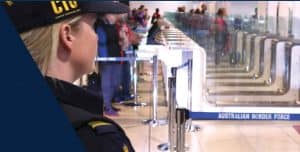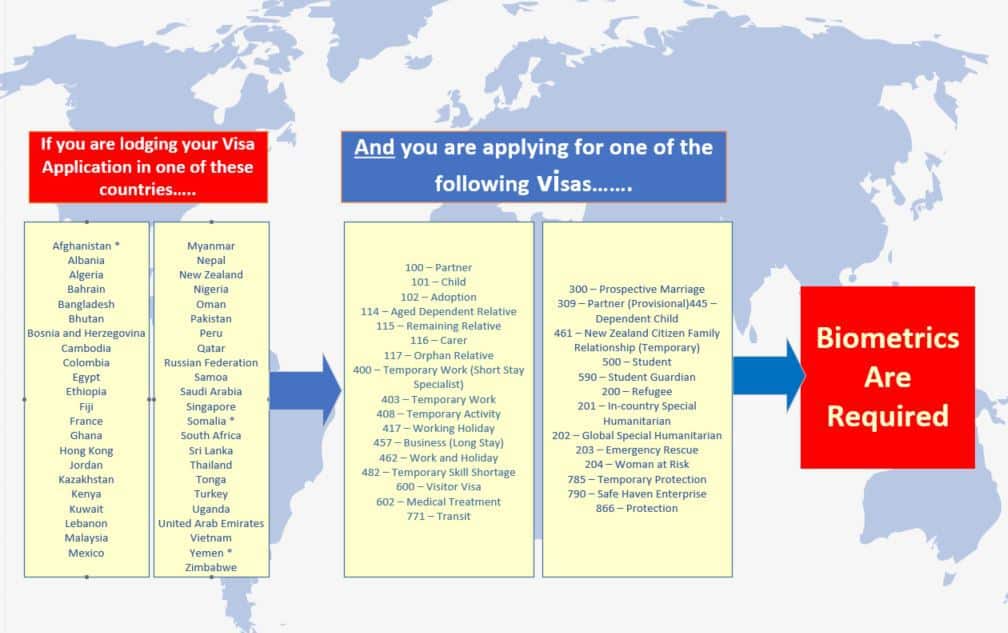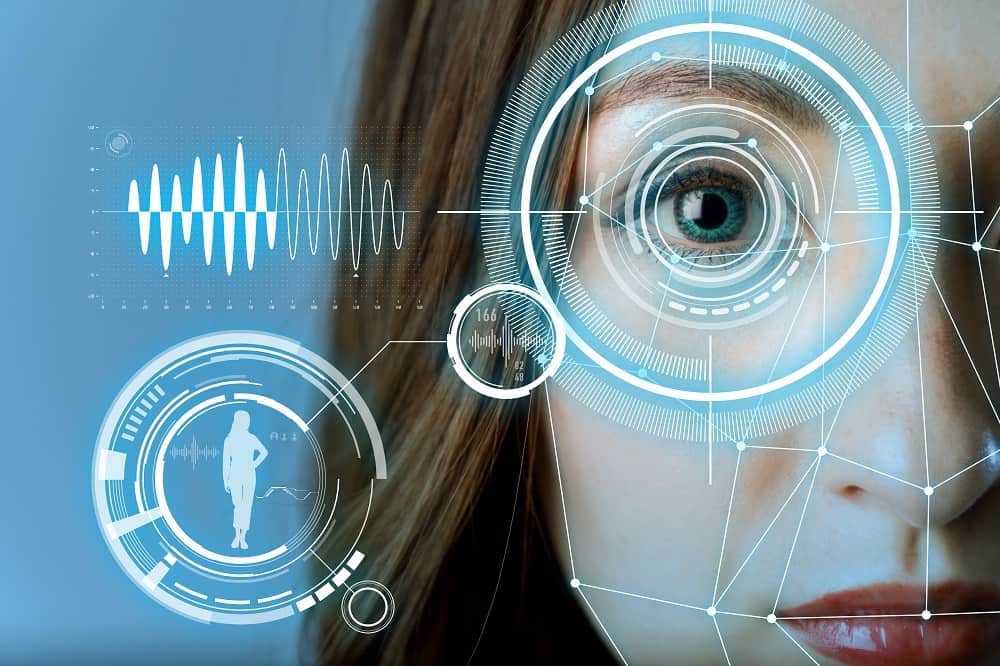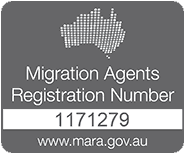Let’s face it – we all dread the wait in the immigration queue at the end of a long flight. But we also take comfort in the fact that the Government has measures in place to ensure that only people we want to enter the country can do so, under their true identity.
The Department of Home Affairs is progressively rolling out new technology to make immigration clearance easier and more secure. At the same time, identity fraud is being thwarted as the Biometrics Program expands.
We’ll discuss some new technology which may affect you if you want to migrate to, or obtain a visa for, Australia.
Airport SmartGates

SmartGate is the latest in computerised immigration systems. All of Australia’s international airports are SmartGate enabled.
Facial recognition technology, along with your ePassport, is used to check identity. The use of SmartGates makes it quicker and more secure, and allows large numbers of incoming and outgoing passengers to be processed quickly, reducing your time in airport queues.
At this time, the use of ePassports is restricted to a few countries – Australia, Canada, China, France, Hong Kong, Ireland, Japan, Korea, Macau, New Zealand, Singapore, Sweden, Switzerland, Taiwan, United Kingdom and USA. You’ll know if you have an ePassport as it will have a small camera symbol on the front cover.
If you’re from another country, or you don’t have an ePassport, or you’re travelling with children under 10, you’ll need to go to the manual immigration processing queue, rather than the SmartGate.
Biometrics and Personal Identifiers (PID’s)
Before you can be granted a visa, the Minister must be satisfied of your identity. The Migration Act specifies several methods for proving your identity – such as your passport, passport photos, and Biometrics, or Personal Identifiers.
In some cases, additional PID’s are collected before a visa can granted – these include digital photographs of your face, and fingerprint scans. Certain countries are included in the Biometrics Program, and the number of participating countries is increasing each year.
It’s important to note that the requirement for Biometrics is dependent upon the place where you lodge your visa application, and the type of visa you are applying for. Two conditions have to be satisfied. Here’s a table that explains it:

This table is up to date at June 2019; however new countries and visa subclasses are progressively being added to the Biometrics Program, so check on the Department of Home Affairs website to see if you will be affected.
Note that, even if you are in one of the countries specified on the left, you will not require biometrics if you are applying for a different kind of visa, for example, a Subclass 482 Temporary Skilled Visa, or a Subclass 189 Skilled Independent Visa. Similarly, if you are applying for one of the visas on the right, but you are NOT in a country specified in the table on the left, there will be no request for biometrics.
This is why, as your agents, we ask you where you will be when we lodge your visa application. For example, a British citizen who applies for a Visitor Visa (Subclass 600) while in Thailand; will be asked to provide Biometrics – whereas that would not be a requirement if he applied from the UK.
The letter requesting Biometrics will normally be auto-generated through IMMI account when you lodge an online application; so be alert for an email coming to you straight after lodgment. If you’ve lodged a paper based application, the Department of Home Affairs will send the request manually. From the date of request, you would normally have 14 days to arrange biometrics.
Biometric Collection is Specific to a Visa Application
Each time you apply for a visa which requires Biometrics, a new request will be generated. You must present every time, for biometric collection. It’s not possible to re-use Biometrics against a new visa application; even if the last application was very recent. If you fail to provide Biometrics, or obtain an extension, by the due date, your visa application will be refused.
Identity Fraud is a serious matter
The Minister can refuse or cancel your Visa, if the Minister is not satisfied of your identity. Recent changes in Migration Law also give the Government the power to ban re-entry to someone for up to 10 years, if they try to provide fraudulent identity documents. Occasionally we see cases where people have documents that are incorrect, such as birth certificates, but it’s an administrative error. To prevent problems with your visa, it’s important to always ensure the information you give to the Department is consistent with your source documents, such as your birth certificate or family book. If there is an inconsistency somewhere, you may need some professional migration advice.





